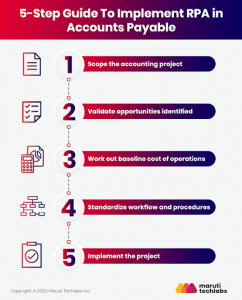
Google’s most recent changes rank mobile friendly sites above those that are not mobile friendly, when the user is searching on their smartphone. This makes sense from a logical perspective, but may be very disrupting from a marketing one.
If your website hasn’t already adjusted to SEO’s new reality, it should be your top priority, as SEO success plays a major – and growing – role in your brand’s revenue and growth trajectory.
In a world where so many users have instant online access right in their pockets, search engines like Google are viewing websites from a mobile perspective by making the crossover from the desktop search indexes of yesteryear to ones that ensure mobile compatibility.
As mobile search outpaces desktop with nearly 60 percent of searches being conducted on mobile devices, Google is cracking down on user experience. Their latest effort in user improvement is beginning with mobile search index and modifying of how it will rank websites.
At the moment, Google uses a single index of documents for searches, their latest change will release a separate mobile search index that will become the primary one, allotting content to mobile users that is more fresh and accurate to their online queries.
By having an index that is primarily mobile focused, Google’s most substantial change will now exclude extracting data from desktop content— significantly affecting the way in which sites approach SEO on mobile.
Here’s how Google’s mobile-driven search indexing system will affect SEO in 2017:
1. Mobile vs. Desktop Content Serving
Most marketers publish abbreviated versions of desktop pages on mobile sites as a fairly simple approach to mobile publishing.
It was a quick fix for them in the past, but Google’s current SEO method ranks websites by using a desktop crawl for all searches despite the type of device being used.
The process can create a significant problem for users who harness smartphones or tablets and ultimately select results that appear to have the answers to their search but only provide them on a desktop forum. It’s the major reason behind Google’s latest crackdown on the way it ranks websites.
Their latest SEO changes mean that websites that drop desktop content from mobile and fail to publish the same content on both will feel the hit the most. It’s a saving grace for users who select a site expecting to get answers containing exactly what they’ve searched for, but a major hassle for websites that cut corners on content when they first started building their mobile-friendly sites.
2. Structured Data
Using structured data is relatively standard for marketers who want to ensure that a search engine understands the content being served by boosting its discoverability. Yet, increasing markup on a mobile site can slow a page’s load time— causing many marketers to remove markup from mobile versions in an attempt to hasten loading rate.
Here’s where Google’s SEO comes into play: once the switch to mobile first index is made, the structured data for your pages will no longer be visible in mobile search results. Google has recommended that sites add missing structured data back into mobile pages albeit at a smaller percentage.
Marketers should avoid adding large amounts of markup and take out any extra schemas that are irrelevant to the content of their pages and Google’s search results. This will ultimately help keep mobile page load times as quick and efficient as possible.
3. Mobile Site Building
Marketers who are considering or are currently working towards a launch of a mobile version of a desktops site may want to give their hands a break.
As of right now, no one is entirely sure when the changes will be implements. If you’re intending to build a mobile site strategy, make sure it’s up for the task. In Google’s new world, a desktop site that is fully functionally will be better for users than a mobile version that is defective.
If you intend on launching one anyway, ensure that the content you’re providing is fully accessible to a mobile user and mirrors the content you produce on your desktop site to a T.
Google will continue index desktop pages, so don’t rush out and quickly slap together a mobile version of your site for Google’s latest update. What you will want to do is ensure that your content is fully accessible.
Making sure that you’ve got every aspect of your site and its content covered will be crucial with Google’s latest and upcoming SEO changes. As your customers use an ever-growing and ever-diversifying number of screens, make sure that your online presence is flexible enough to fit anywhere.
Digital & Social Articles on Business 2 Community(69)







